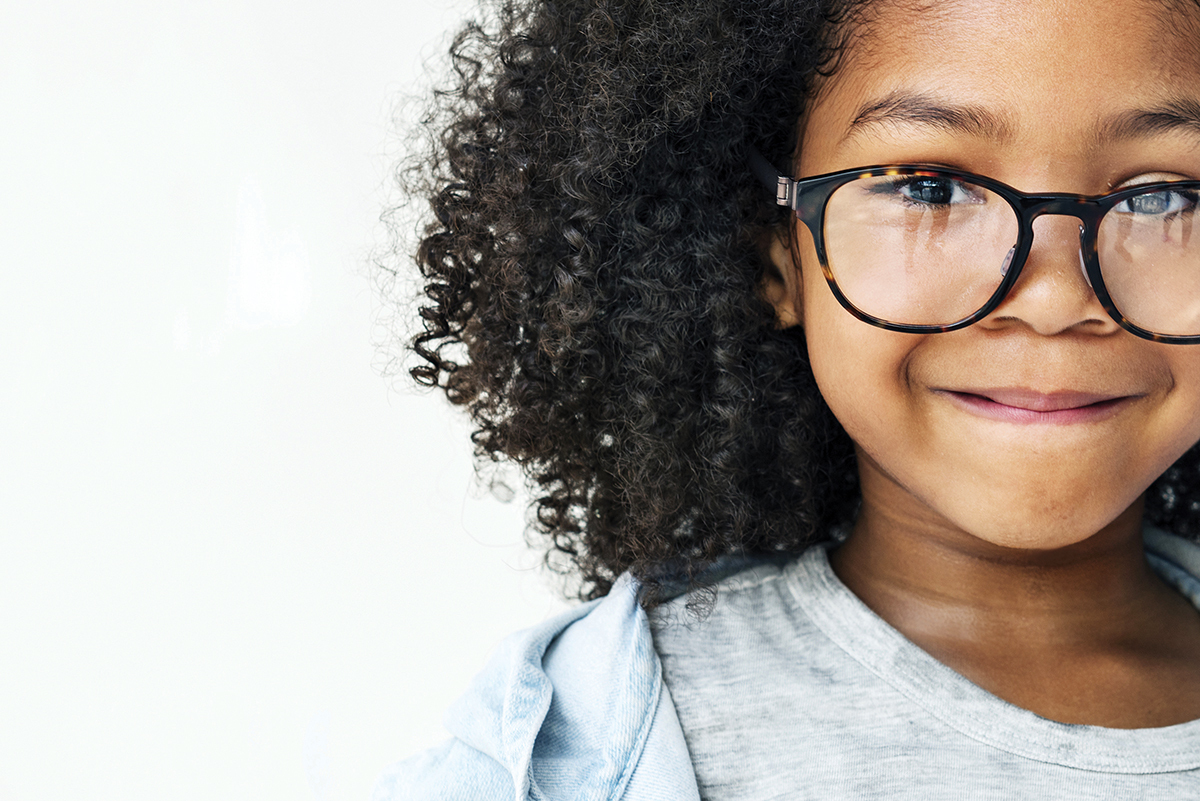Mapping Out Myopia

Myopia, commonly known as nearsightedness, is the most common cause of impaired vision in people under the age of 40. If you are nearsighted, you have difficulty seeing things at a distance, such as road signs while driving or the board at school. Myopia occurs when the eyeball is too long or the cornea (the clear front cover of the eye) is too curved. As a result, light entering the eye isn’t focused correctly and distant objects appear blurred. Having myopia can increase the chances of getting other eye conditions – such as cataracts, glaucoma, and retinal detachments – in the future.
Today, myopia affects about 30% of the U.S. population. It is projected that about 50% will be myopic by 2050. This condition typically begins in childhood, and there is an increased risk if one or both parents are nearsighted. Unfortunately, studies show that myopia is becoming more common among children. Some research suggests that kids who spend more time indoors – doing near-focused activities like reading, computer work, and video games – have higher rates of myopia than those who spend more time outdoors.
Myopia is most often treated with glasses or contact lenses. It can also be treated with surgical procedures, such as LASIK or PRK – however, these procedures are typically only effective if the myopia is stable, and cannot be performed on anyone under the age of 18.
Myopia control is a term used to talk about slowing the progression of myopia in children and young adults. There are four commonly used forms of treatment – orthokeratology (Ortho-K) or CRT lenses, multifocal soft contact lenses, bifocal or progressive eyeglasses, and atropine therapy.
CRT/Ortho-K
Corneal refractive therapy (CRT) or orthokeratology (Ortho-K) is the use of specifically designed gas permeable lenses that are worn while sleeping to temporarily correct nearsightedness, so that glasses or contact lenses do not need to be used during the day. These lenses have also been used to reduce myopia progression in children. Ortho-K lenses are a non-surgical form of correction for myopia. While the lens is on the eye, it gently changes the shape of the cornea, resulting in a corneal shape that focuses light properly on the retina. While a significant improvement in vision is usually experienced after only one night of wear, this is not a permanent correction. If lens wear is discontinued, the cornea will revert to its normal shape, and the glasses prescription will go back to what it was before starting the lenses. It is important to note that Ortho-K cannot be used with all prescriptions, they are more difficult to fit compared to regular contacts lenses, and more follow-up visits to the doctor are needed.
Multifocal Soft Contact Lenses
Multifocal soft contact lenses are worn by children six to 12 years of age with myopia. This “multifocal” contact lens has different areas of focus. Think of this type of lens as looking like a dartboard, with multiple circles inside of each other. The center of the lens, or “bullseye,” corrects blurry distance vision, while the outer portions of the lens “defocus” or blur the child’s peripheral (side) vision. Blurring side vision is thought to slow eye growth and limit myopia. Peripheral defocus contact lenses might not work in all cases. However, these lenses seem to help certain children, including those whose parents are nearsighted and whose own myopia is worsening.
Progressive or Bifocal Eyeglasses
Progressive or bifocal eyeglasses are glasses that correct for myopia when one is looking straight ahead, with a different prescription at the bottom to help with near-point stress. This is a good option for very young children or kids who are not yet ready for contact lenses.
Atropine Drops
Atropine drops are eye drops that relax the focusing system, which has been shown to help reduce the progression of nearsightedness due to focusing fatigue. Low-dose atropine for myopia is used for children between five and 18 years old. These drops are placed in the eye each night at bedtime. Side effects at low doses may include redness or itchiness around the eye. There are drawbacks to this treatment such as discomfort and light sensitivity due to pupil dilation, blurry near vision, and the added expense of needing bifocal or progressive glasses to help with near vision while the drops are used.
Of all these different treatments, CRT/Ortho K has been shown to have the highest effectiveness at reducing the progression of myopia. None of these treatments will completely halt the prescription from increasing. However, if we can slow the rate of progression, we may be able to prevent some other issues that can occur in conjunction with high amounts of myopia. Other steps that help to slow the progression of myopia include spending more time outdoors and limiting screen time on computers or other digital devices. By balancing screen time with outdoor time, you may help limit your child’s myopia and protect his or her vision as he or she grows older. During this time of COVID and remote learning, it is much more challenging to limit screen time with computers and other digital devices. Thus, it is quite possible that we will witness a much more drastic change with the progression of myopia and that the 50% mark will be seen much sooner than 2050.
If your child is myopic and the amount of prescription has been increasing, ask his or her eye doctor if any of these options would be helpful to help reduce progression.
Cassandria Warr
Developmental optometrist with McPherson Family Eye Care in Wake Forest.

